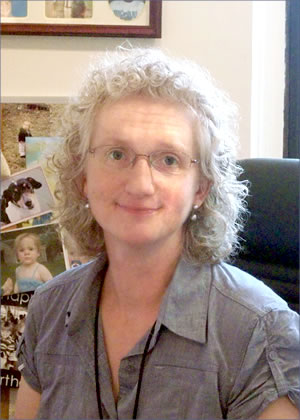December 2011
By Dr. Suzanne Button, Ph.D.
This essay originally appeared in the Poughkeepsie Journal, December 22, 2011
In its recent report on the state of America’s children, the Children’s Defense Fund paints a “devastating portrait” of the life experiences and environments of youth across our country.

Over the past few months, state, national and international headlines have highlighted the vulnerability of young people in our world and our seeming inability to effectively protect our children and youth. We repeatedly hear of youth who are victimized, injured or killed in conflict, youth who live in poverty and strife, and public education programs struggling to educate youth as they struggle to survive. These are important signals to point us to the stress that children in our world, and in our region, endure every day.
In its recent report on the state of America’s children, the Children’s Defense Fund paints a “devastating portrait” of the life experiences and environments of youth across our country. More youth are living in poverty than have for the past eight years, the number of children living in extreme poverty in America continues to increase, and children under five are the poorest group of all. These conditions only worsen for children of color, and, as the National Center for Children in Poverty confirms, are as severe in our state as they are in many areas of the country.
While we know that children living in poverty experience increasingly unstable living conditions, achieve more poorly in school, and are at greater risk for foster-care placement, traumatic injury, abuse and neglect, emotional disturbance, and involvement with the juvenile justice system, we also know what to do to alleviate and prevent the devastating effects of paltry conditions on our children.
Scientific advances in the study of marginalized groups of youth abound in our country and in our world. We know, for example, that early childhood prevention and intervention programs increase literacy, reduce juvenile justice and mental health system involvement, and represent a long-term cost savings to the taxpayer. We know that enhanced daycare options, social support, family education and skill-building, and community-based options for crisis intervention can build critical connections within families living in poverty, and that effective community supports and connections can help youth living in foster care to develop and thrive. We know that targeted, scientifically-tested protocols for the treatment of many emotional and behavioral struggles now exist for children and youth and that these struggles emerge more readily when a child’s life has been fraught with disadvantage.
Unfortunately, in times of fiscal hardship, the voice and fate of children can be lost to voices of entities with more influence and power, and the services known to effectively improve the lives of children can be at grave risk.
The failure of the congressional budget “super-committee,” for example, is likely to result in the loss of tens of thousands of Head Start and Early Head Start slots (including many in our region). Students in the poorest districts of New York state will suffer the most from state budget cuts to public education, and devastating cuts to services aimed at supporting struggling youth in their home communities continue to hang in the balance in our state.
What can we do for the children? Spending aimed at improving public education, putting families to work, and ensuring children’s access to early prevention programs and intervention and treatment strategies must be prioritized.
Each of us can take one step in this direction today: Email your local or state politician, volunteer for an organization that supports struggling youth, reach out to a family you know that is struggling.
We are not only one of the wealthiest nations in the world, but one of the nations that has consistently come together many times in history to solve problems in the face of long odds. We should be the first country to solve the problems facing our youth.
Dr. Suzanne Button, Ph.D., is the assistant executive director of Quality & Clinical Outcomes for Astor Services for Children & Families.
This essay originally appeared in the Poughkeepsie Journal, December 22, 2011.


